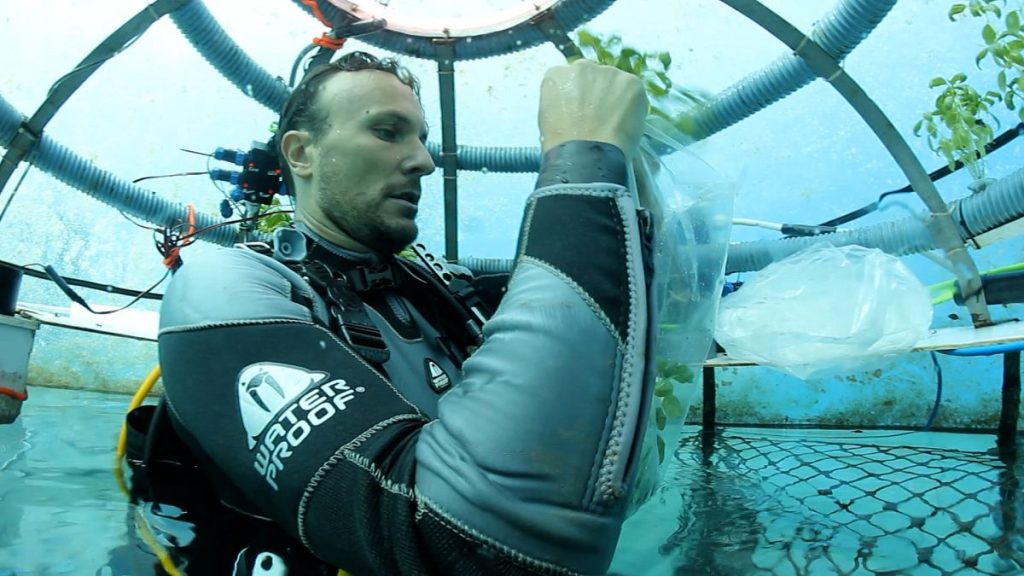Nemo’s Garden has caught the attention of the international community for its innovative approach to sustainable agriculture. By utilizing the resources of the ocean, Gamberini and his team are pushing the boundaries of traditional farming methods and creating a blueprint for the future of food production. The submerged structures allow for the cultivation of a wide variety of crops, including strawberries, beans, and lettuce, all without the need for pesticides or herbicides. This method not only produces high-quality, organic fruits and vegetables but also minimizes the use of water and energy compared to traditional farming practices on land.
One of the key benefits of Nemo’s Garden is its ability to provide a consistent and reliable food source in challenging environments. The underwater structures are designed to withstand the unpredictability of the ocean, including storms and rough seas, ensuring that crops are protected and can continue to thrive regardless of external conditions. This resilience is crucial for regions that are prone to climate change and extreme weather events, as it offers a sustainable solution to food security and reduces the risk of crop failure due to environmental factors.
In addition to addressing food security, Nemo’s Garden also has the potential to reduce the carbon footprint of agriculture. Traditional farming practices contribute to greenhouse gas emissions through the use of heavy machinery, fertilizers, and pesticides. By operating underwater, these emissions are significantly reduced, as the structures rely on natural resources such as sunlight and ocean currents to support plant growth. This not only decreases the environmental impact of food production but also aligns with global efforts to combat climate change and promote sustainability in all sectors of the economy.
Furthermore, Nemo’s Garden has the potential to unlock new opportunities for economic growth and job creation in coastal communities. The project requires skilled workers to design, build, and maintain the underwater structures, as well as to cultivate and harvest the crops. This creates employment opportunities for local residents and promotes the development of a diverse and sustainable economy that is less reliant on traditional industries such as fishing and tourism. By expanding the scope of agricultural activities to include underwater farming, Nemo’s Garden is paving the way for a more resilient and prosperous future for coastal regions around the world.
Despite its many benefits, Nemo’s Garden also faces challenges and limitations that must be addressed in order to scale up and become a viable alternative to traditional farming methods. The initial costs of designing and building underwater structures can be prohibitive, especially for small-scale producers or developing countries with limited resources. Additionally, there are logistical challenges related to maintenance, monitoring, and harvesting in an underwater environment that require innovative solutions and advanced technology. To overcome these obstacles, Gamberini and his team are collaborating with scientists, engineers, and policymakers to refine their methods and improve the efficiency and sustainability of underwater farming practices.
In conclusion, Nemo’s Garden represents a pioneering approach to sustainable agriculture that has the potential to revolutionize the way food is produced and consumed around the world. By harnessing the power of the ocean and creating a self-sustaining ecosystem for crop cultivation, Luca Gamberini and his team are demonstrating the viability of underwater farming as a solution to pressing environmental and social challenges. As the project continues to evolve and expand, it offers a beacon of hope for a future where food security, environmental conservation, and economic prosperity can coexist harmoniously. With ongoing research and innovation, Nemo’s Garden has the potential to transform agriculture and inspire a new wave of sustainable practices that benefit both people and the planet.


